"I only ran half the game. I thought I was going to die out there. It was really hot," Juventus striker Timothy Weah said after the 5-0 win over Al Ain. He and his teammates had tried to get used to the heat in the US by training during the hottest part of the day. But they were still shocked when they played.
Atletico midfielder Marcos Llorente had a similar story. “It was unbelievable. It was so hot. My toenails were aching, and I couldn’t slow down or accelerate. It was crazy,” he said.
Real Madrid have been using heating lamps in tents set up at their training centre to help their players cope with the heat. But the weather in the US these days is proving to be a real challenge. Coach Xabi Alonso, who had to wrap a wet towel around his neck to cool down, revealed after the match against Al Hilal that Vinicius Junior suffered from cramps "due to the heat".
Dortmund's substitutes moved into the dressing room to avoid the heat. |
During the match between Dortmund and Mamelodi Sundowns at TQL Stadium (Cincinnati), the Black-Yellow reserve players had to go into the dressing room and watch the match on TV to avoid the sun. This has never happened before in football, but Dortmund thought this solution was completely reasonable under the blazing sun.
Before the Club World Cup, clubs were concerned about the high temperatures during matches, especially when the match time was moved up to midday to accommodate European fans. However, the match schedule was still preserved and the players were the ones most affected.
“It’s a great time for European fans, but the teams are suffering from the heat,” said Luis Enrique, coach of reigning European champions PSG, after their 12pm opener against Atletico Madrid in Los Angeles. “My whole body is red,” said midfielder Vitinha.
High temperatures greatly affect the players and their performance. |
Palmeiras' Brazilian midfielder Mauricio admitted it was difficult to play in the current conditions: "The heat definitely affected our performance. Palmeiras could not play with the same intensity as we did against Porto. Against Al Ahly, we had to slow down and control the tempo better."
And although Brazilians are used to the heat, players from the land of samba still say that "matches in the Brazilian league only start after 4 or 5 pm, and we don't play like here, at this time of day".
Worse still, a heat wave that promises to be even more brutal is set to sweep across the United States in the coming days, sending temperatures soaring even higher. Eight of the 11 host cities for the Club World Cup are on the East Coast, and the northeastern United States is expected to experience the worst heat wave in years.
The players will have to play under even more scorching heat in the coming days. |
Temperatures in New York are expected to exceed 100 degrees Fahrenheit (37.8 degrees Celsius) on Tuesday (June 24), according to data from the National Oceanic and Atmospheric Administration (NOAA), while extreme heat warnings are in place in Philadelphia all week.
Nashville, Tennessee, where Auckland City will play Boca Juniors at 2 p.m. on Tuesday, will see temperatures as high as 98.7 degrees Fahrenheit, as will Charlotte, North Carolina, where Benfica will play Bayern Munich at 3 p.m. Wednesday and Thursday afternoon kickoffs in Cincinnati, Ohio, and Washington, DC, could also see temperatures in excess of 99.9 degrees Fahrenheit. Esperance de Tunis vs. Chelsea on Tuesday will see a high of 102.9 degrees Fahrenheit during the day.
The National Weather Service (US) recommends that people stay hydrated and seek shade during heat waves, and recommends limiting outdoor activities. But of the 12 stadiums across the US being used for the Club World Cup, only one, the Mercedes-Benz Stadium in Atlanta, has a retractable roof. Five are uncovered and six are partially covered.
Many measures to avoid the heat were proposed, but not very effective. |
During the PSG-Atletico match at the uncovered Rose Bowl, a journalist collapsed after walking more than 2km to the stadium in the scorching sun, and several fans needed medical treatment after lining up for 45 minutes to get water at the snack bar. Prices at the stadium aren’t cheap, either, with beer costing $15 and water costing $5. At halftime, there were often long lines of fans at the fountains to refill their glasses.
According to FIFA regulations, in the event that the wet ball temperature (a measurement of ambient temperature based on air temperature, humidity, radiant heat and wind movement) exceeds 32 degrees Celsius, the two teams will take a break of between 90 seconds and three minutes at approximately the 30th and 75th minutes of the match.
However, many experts believe that 32 degrees Celsius is too high, and question the lack of regulations allowing matches to be stopped or postponed because of high temperatures. So far, four matches have been postponed due to the weather, sometimes for up to two hours, but because of storms and lightning, not heat.
On the fan side, FIFA has limited its efforts to remind fans to drink water at stadiums, cooling buses and water stations, and has also collaborated with the World Health Organization to share “heat-fighting tips.” They are also working with the National Weather Service (USA) to plan for 11 US cities preparing to host the World Cup next year.
Thanh Hai
Source: https://tienphong.vn/nang-nong-tan-pha-fifa-club-world-cup-hanh-ha-cau-thu-va-nguoi-ham-mo-post1753802.tpo


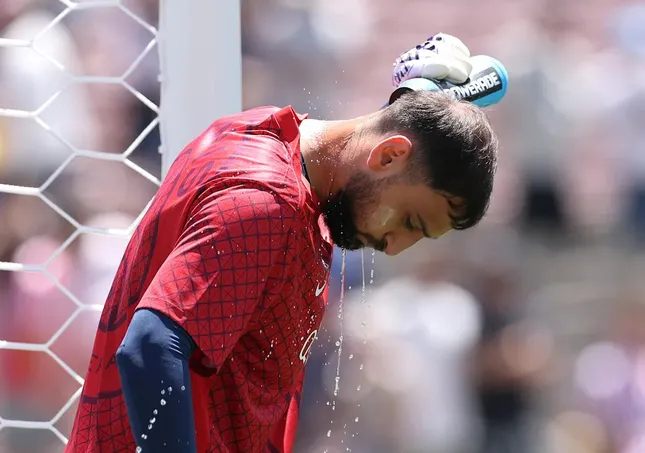
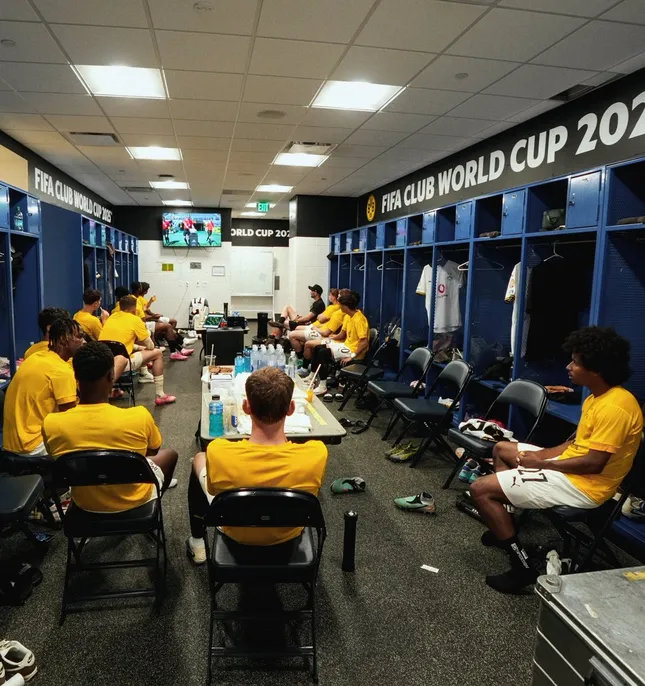
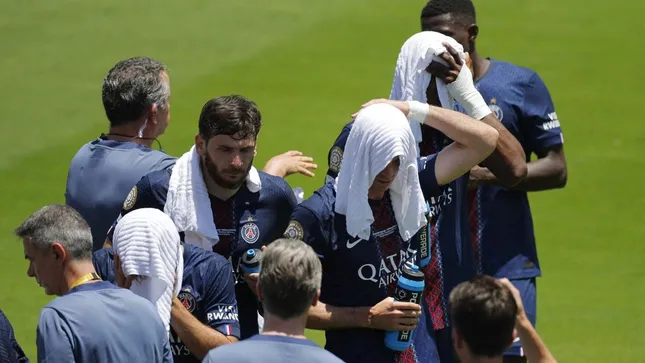
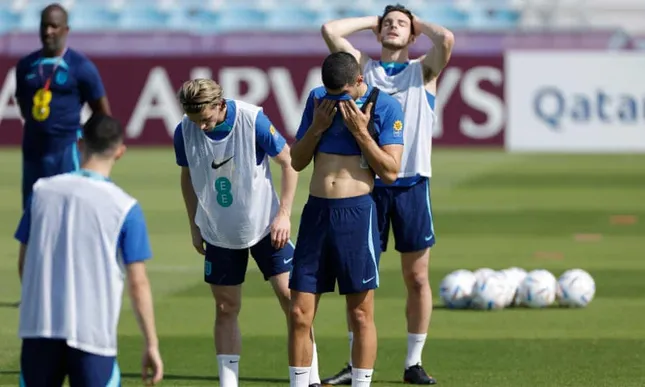
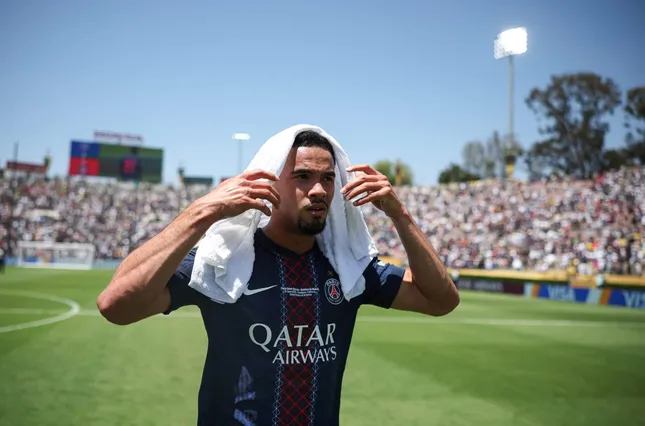
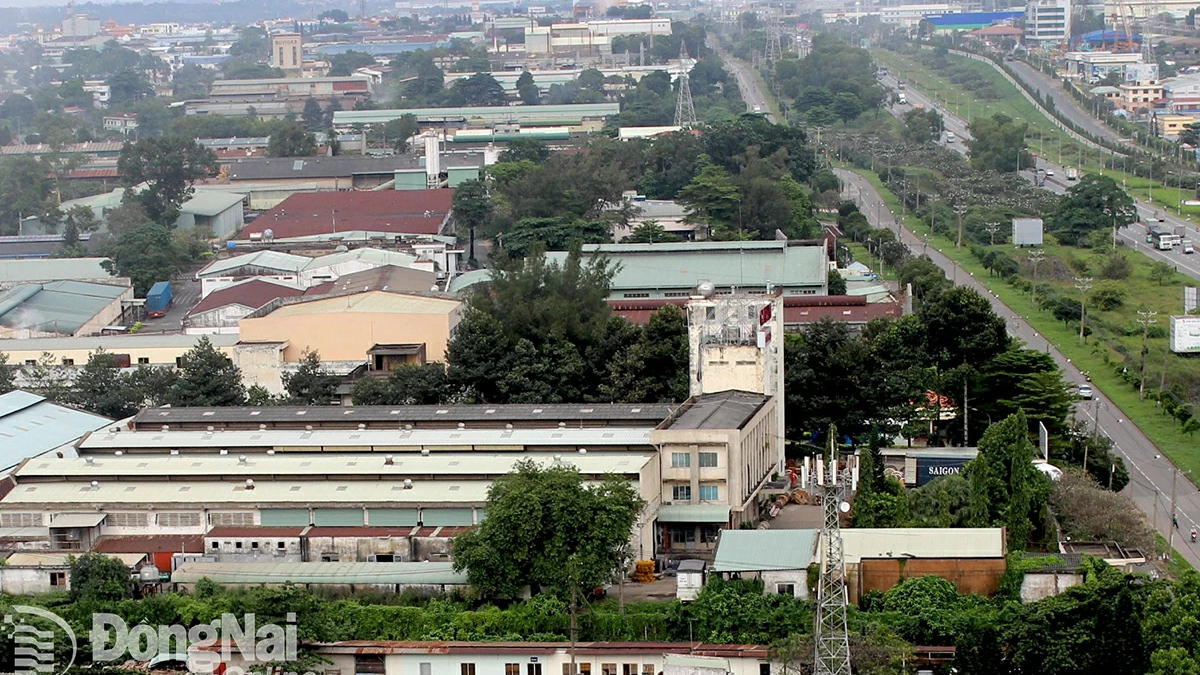
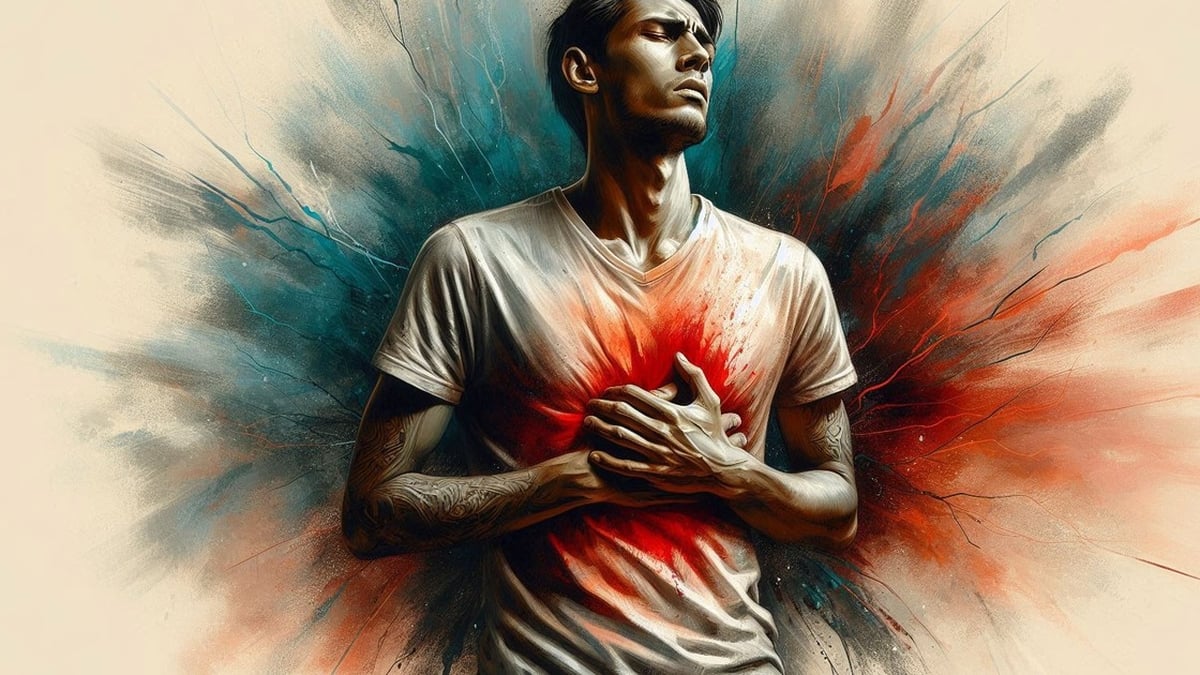
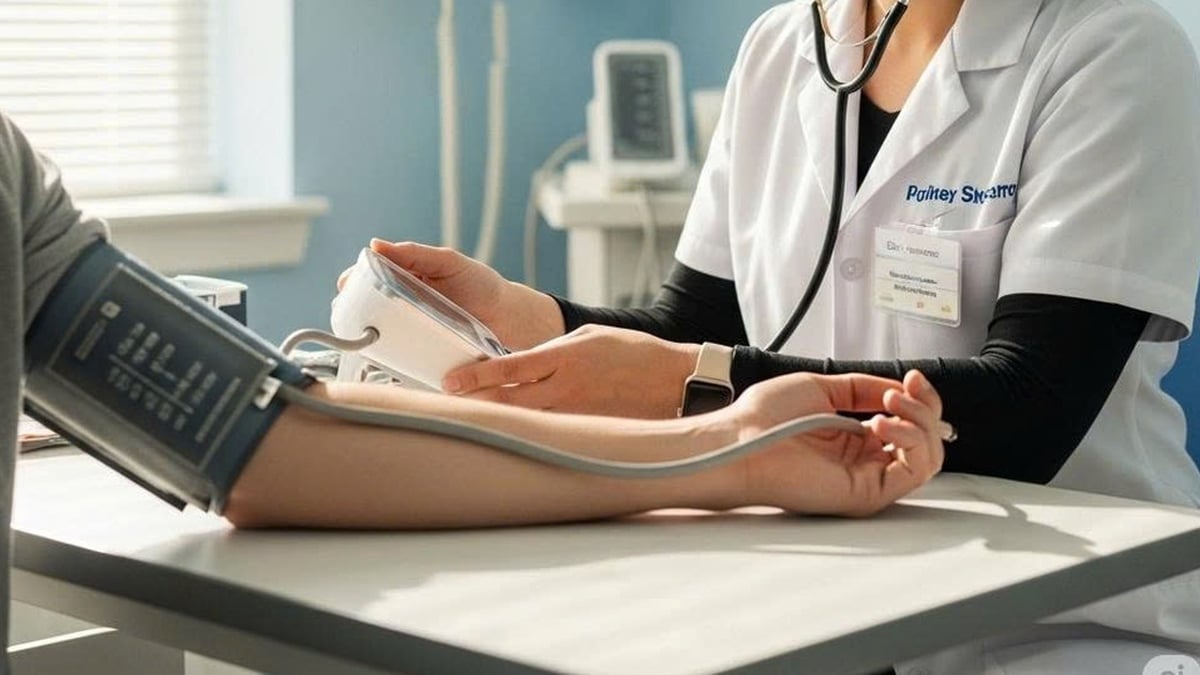
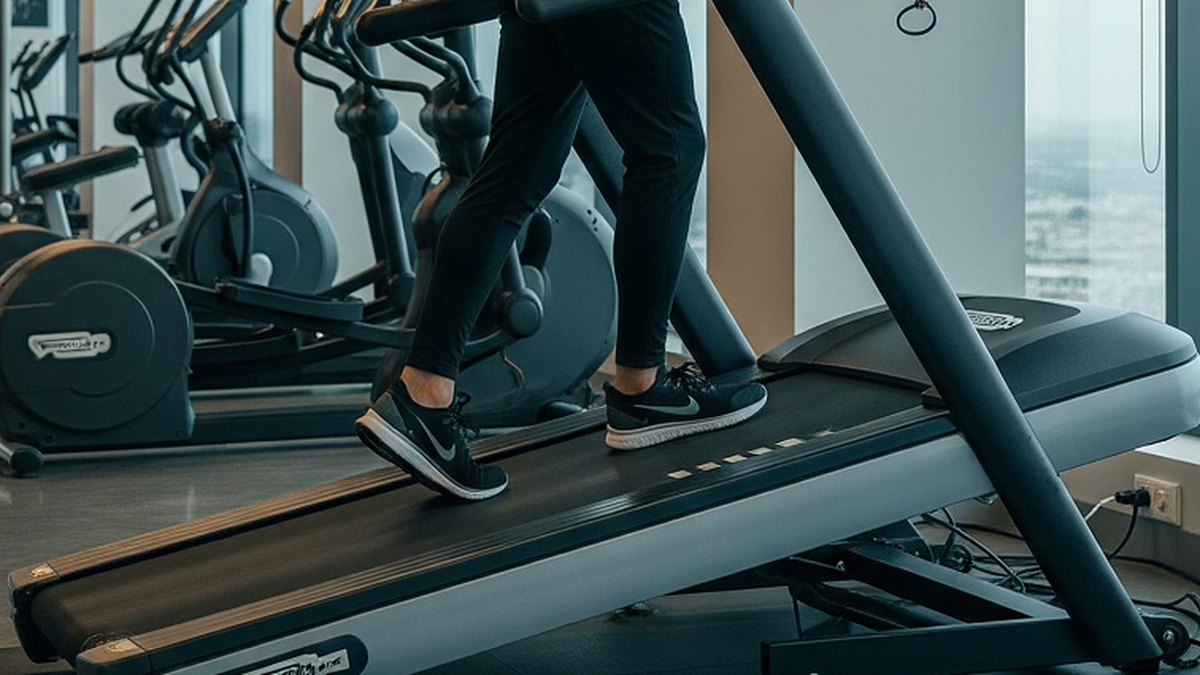
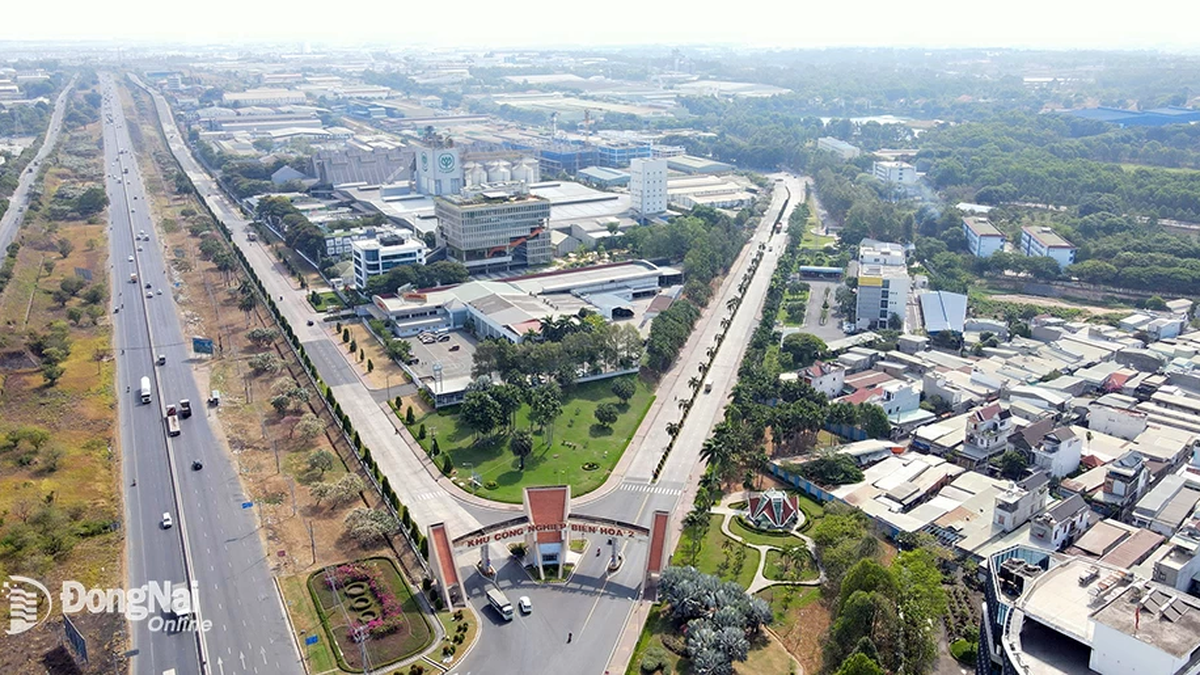


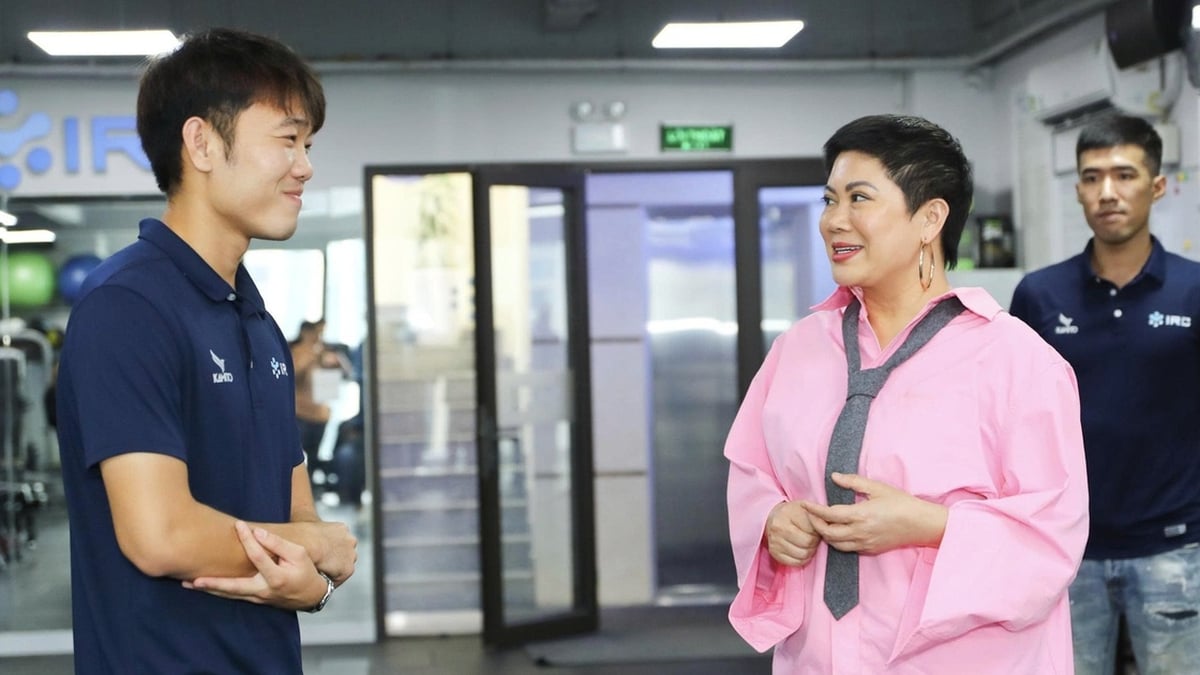

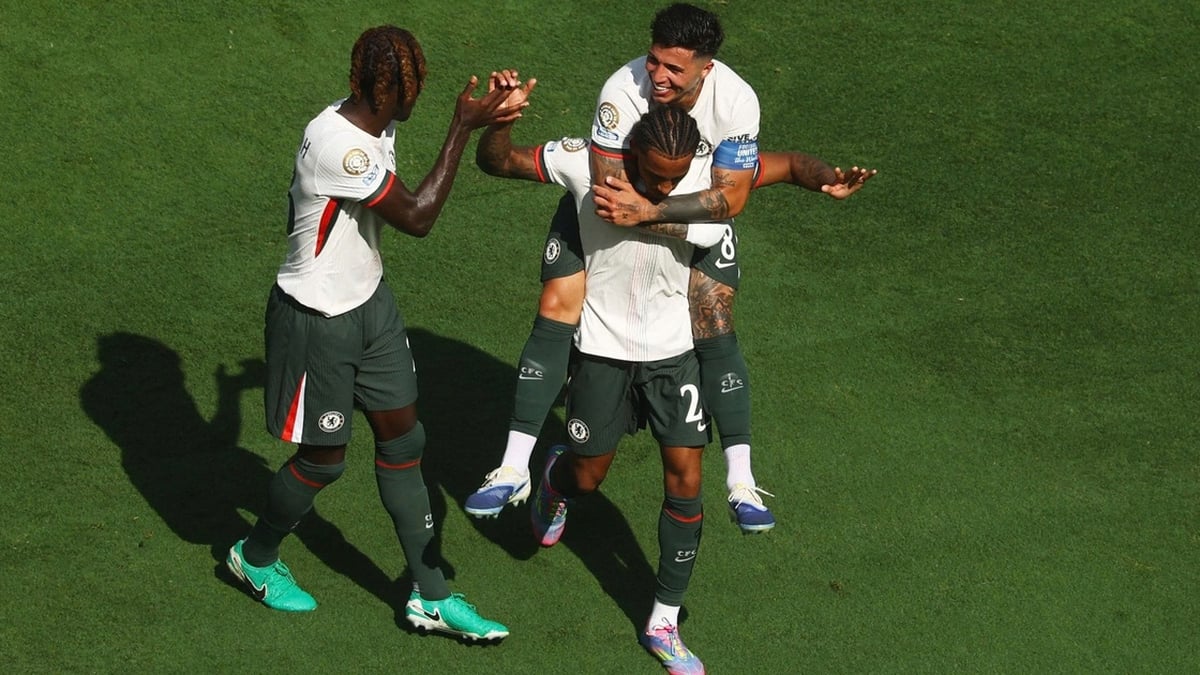






















































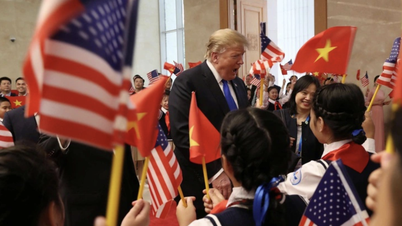
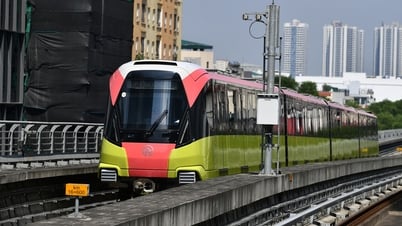
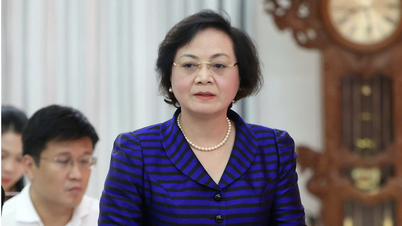

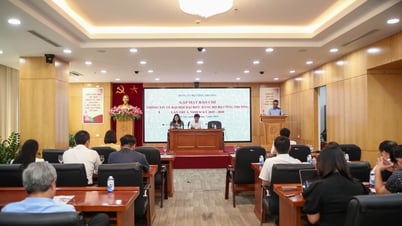






























Comment (0)